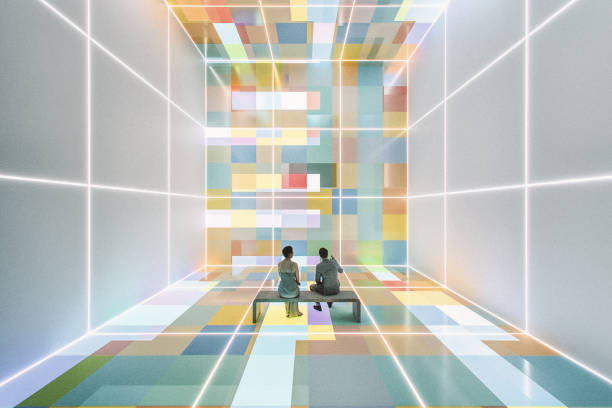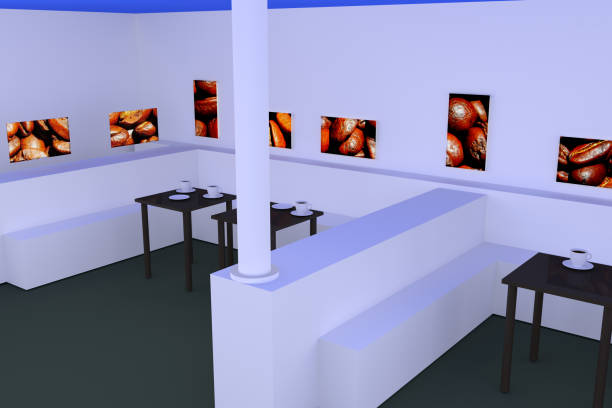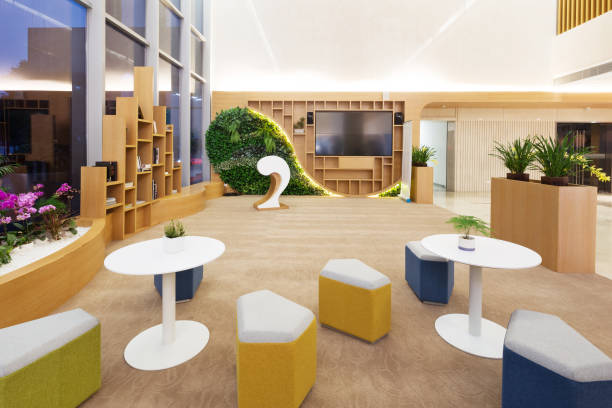


Virtual Reality in Architecture: The Next Big Thing?
In an industry where visualization is everything, Virtual Reality (VR) is rapidly transforming the way architects design, present, and collaborate. What was once the domain of sci-fi films is now an increasingly accessible tool that allows professionals to walk clients through unbuilt spaces, test materials, and experience structures before the first brick is laid. But is VR truly the next big thing in architecture, or just another passing trend?
A New Dimension In Design
Traditional blueprints, 2D renders, and even 3D models can only go so far in communicating the full vision of a project. VR goes a step further by immersing stakeholders in a digital environment that feels tangible. With a headset, users can walk through rooms, open doors, and look around corners—long before construction begins. This immersive experience is especially valuable for clients who may not be well-versed in reading plans. It bridges the communication gap, ensuring everyone is on the same page from day one.
Faster Feedback, Smarter Iterations
VR also makes the design process more agile. Need to tweak the height of a ceiling or switch out flooring materials? It can be done in real-time during a virtual walkthrough. This means fewer costly changes during the construction phase and more opportunities to experiment with bold ideas early in the process.
Collaboration Without Borders
As remote work becomes the norm, VR provides a new way for architects, engineers, and clients to collaborate. Virtual meetings inside a shared digital model mean that design discussions can happen from anywhere, with everyone seeing and experiencing the same space.
Training and Safety Simulations
Beyond design, VR is also being used for training construction workers and simulating on-site safety protocols. This not only minimizes risk but also ensures a smoother transition from concept to construction.
The Challenges
Despite its many benefits, VR isn’t without its hurdles. High-quality VR content creation can be time-consuming and expensive. Hardware costs, user accessibility, and a learning curve for both designers and clients can also slow adoption. However, as technology becomes more affordable and user-friendly, these barriers are gradually coming down.
So, Is It the Next Big Thing?
All signs point to yes. With the power to revolutionize how spaces are imagined, communicated, and built, VR is more than just a flashy tool—it’s a game-changer. Forward-thinking firms are already integrating VR into their workflows, and those who don’t may soon find themselves left behind. In a world where imagination meets innovation, Virtual Reality isn’t just the future of architecture it’s happening now.
Would you like to explore how VR can fit into your next project? Let’s talk.